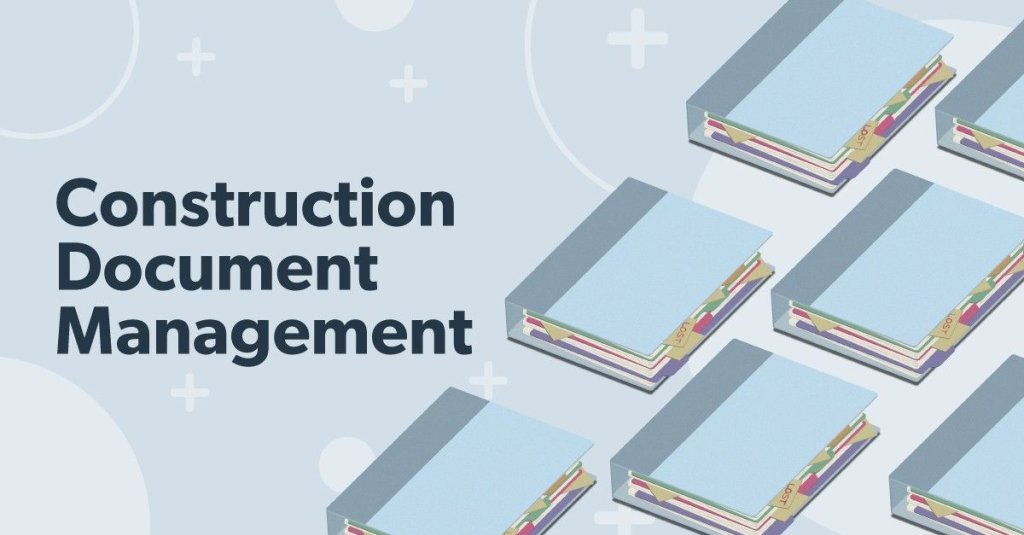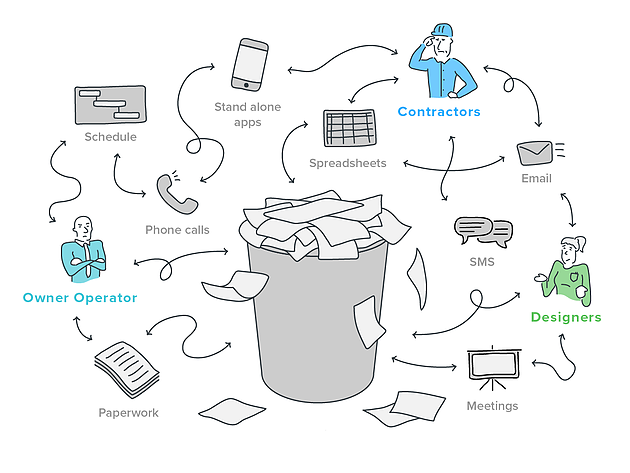Unlocking Effectiveness: The Advantages of Construction Document Management Platforms
Getting Seamless Task Distribution: Designer's Comprehensive Method to Building File Administration
One crucial element usually took too lightly is the management of building and construction documents, which offers as the foundation of every job. As designers navigate the complexities of design, sychronisation, and implementation, an extensive technique to document management emerges as a linchpin for attaining seamless task distribution.
Importance of Building And Construction Paper Management
Reliable building record monitoring plays an essential function in ensuring project success by facilitating smooth interaction and organization throughout the building and construction procedure. By keeping accurate and up-to-date construction papers, designers can properly interact with contractors, subcontractors, and other stakeholders included in the job. These files function as a referral point for all parties, making certain that every person is functioning from the same set of information and reducing the likelihood of misunderstandings or mistakes.
Furthermore, construction paper management aids designers stay arranged by providing a centralized area for all project-related details, consisting of drawings, specs, contracts, and communication. This organization enables and simplifies the decision-making process for fast accessibility to vital project information when needed. Furthermore, correct document monitoring can enhance task performance, lower expensive delays, and eventually lead to the effective conclusion of building jobs. Architects who prioritize building paper management set a strong foundation for task success and demonstrate a dedication to delivering high-quality outcomes.
Crucial Element for Efficient Documents

Establishing standard themes and methods guarantees consistency across all task files. Implementing a robust paper monitoring system that allows for variation control, access limitations, and audit trails significantly boosts the company and security of task documentation. By including these vital components into building and construction document administration methods, designers can simplify processes, decrease mistakes, and eventually contribute to the effective delivery of projects.
Using Innovation for Record Organization
Leveraging innovative electronic devices and software program systems is critical in boosting the company and availability of building documentation. Architectural firms can enhance their record monitoring processes by carrying out specialized software program developed for the building and construction sector. These devices provide features such as version control, cloud storage space, and collective editing capacities, making it possible for employee to service documents at the same time and making certain every person has accessibility to the most updated info.
One trick advantage of making use of innovation for record organization is the ability to produce a central repository for all project-related documents. By saving files in a safe digital atmosphere, designers can conveniently search, retrieve, and share information with stakeholders, minimizing the danger of version problems or misplaced data. In addition, advanced software application options frequently incorporate metadata tagging and indexing capabilities, allowing customers to categorize records effectively and fetch them quickly when needed.
Collaborative Techniques With Task Teams
To optimize task results, engineers should accept collective strategies when dealing with job teams to make certain smooth communication and control throughout the construction process. Collaboration with job groups is essential for designers to properly manage building jobs. construction document management. By fostering open interaction and team effort among all stakeholders, designers can streamline decision-making procedures, address prospective problems proactively, and guarantee that every person is straightened with the project objectives
Architects must establish clear lines of interaction with designers, professionals, customers, and other key employee from the start of the job. Routine meetings, progression updates, and feedback sessions ought to be scheduled to maintain every person informed and engaged. Making use of joint project monitoring devices can also help with real-time info sharing and document cooperation, improving openness and efficiency.

Best Practices for Document Version Control

Conclusion
In final thought, reliable building file management is essential for accomplishing seamless job distribution. By concentrating on essential elements Extra resources such as version, organization, and collaboration control, engineers can guarantee that all task teams are functioning from up-to-date and exact information. Using technology can improve the documents process and enhance total project effectiveness. It is vital for engineers to execute ideal practices in file monitoring to successfully navigate the intricacies of building and construction projects.
Effective building and construction document administration plays a crucial function in making sure job success by facilitating smooth interaction and company throughout the building procedure. Additionally, proper file administration can enhance job efficiency, lower expensive delays, and inevitably lead to the successful completion of building and construction projects.To optimize job look what i found end results, engineers must embrace collaborative approaches when functioning with task groups to guarantee seamless communication and control throughout the building and construction procedure. Partnership with project groups is essential for engineers to successfully handle construction projects.In the world of collective construction task administration, keeping accurate control over document variations stands as a vital practice for ensuring task integrity and communication.